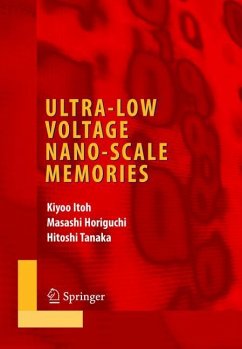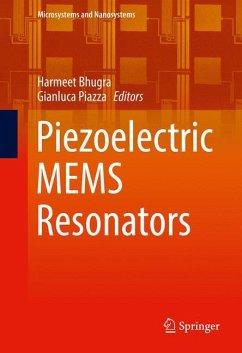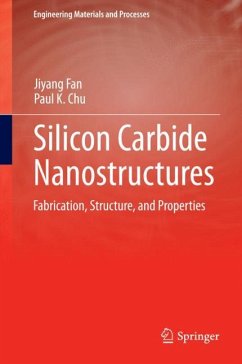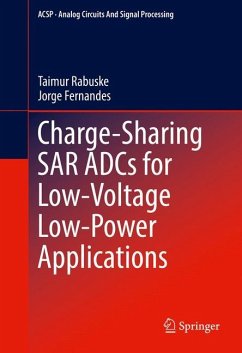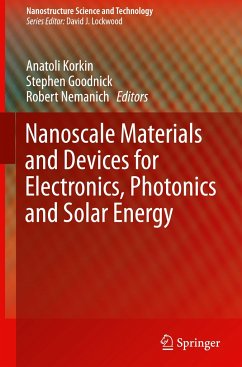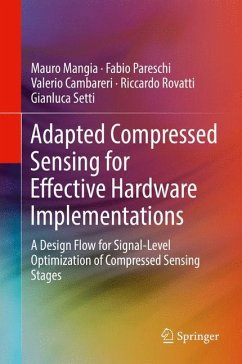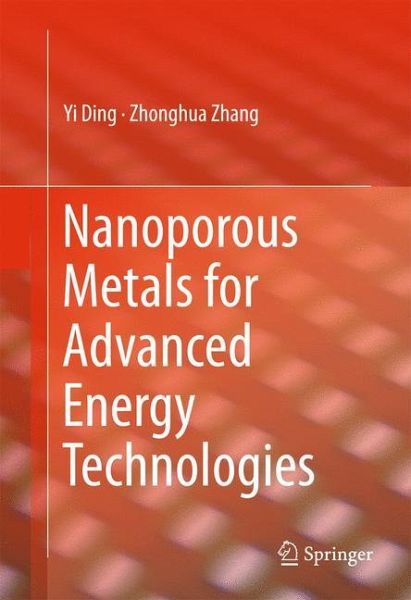
Nanoporous Metals for Advanced Energy Technologies
Versandkostenfrei!
Versandfertig in 6-10 Tagen
87,99 €
inkl. MwSt.
Weitere Ausgaben:

PAYBACK Punkte
44 °P sammeln!
This book covers the state-of-the-art research in nanoporous metals for potential applications in advanced energy fields, including proton exchange membrane fuel cells, Li batteries (Li ion, Li-S, and Li-O2), and supercapacitors. The related structural design and performance of nanoporous metals as well as possible mechanisms and challenges are fully addressed. The formation mechanisms of nanoporous metals during dealloying, the microstructures of nanoporous metals and characterization methods, as well as miscrostructural regulation of nanoporous metals through alloy design of precursors and s...
This book covers the state-of-the-art research in nanoporous metals for potential applications in advanced energy fields, including proton exchange membrane fuel cells, Li batteries (Li ion, Li-S, and Li-O2), and supercapacitors. The related structural design and performance of nanoporous metals as well as possible mechanisms and challenges are fully addressed. The formation mechanisms of nanoporous metals during dealloying, the microstructures of nanoporous metals and characterization methods, as well as miscrostructural regulation of nanoporous metals through alloy design of precursors and surface diffusion control are also covered in detail. This is an ideal book for researchers, engineers, graduate students, and government/industry officers who are in charge of R&D investments and strategy related to energy technologies.





